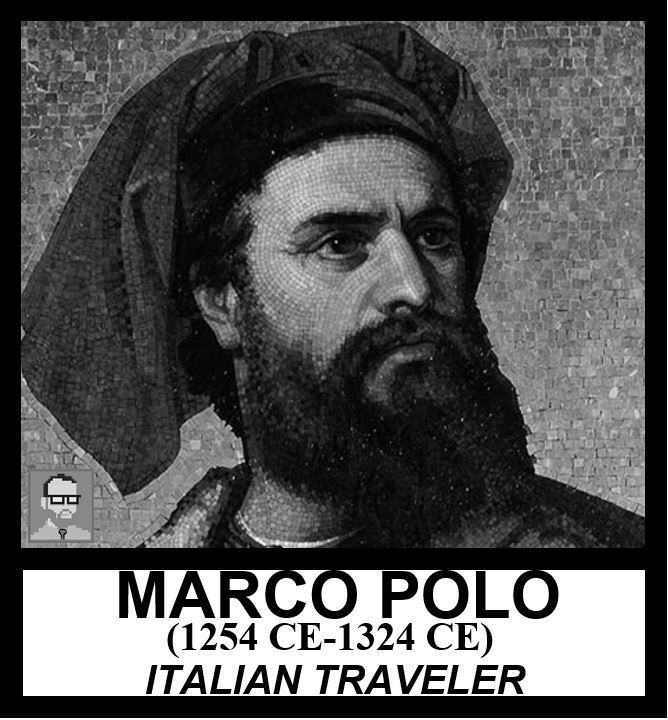The second unit is called “NETWORKS OF EXCHANGE”. You may immediately think, “Oh, like the Silk Road.” Yeah. But, most of the volume being traded around the world at this point was being done here, in the Indian Ocean. Think silks and porcelains for the Silk Road. REAL trade went down in the Indian Ocean. The people’s trade. Stuff the average person might use… textiles, coffee, lumber, etc. So, Silk Road is nice. But, unless you had a lot of luxury items in your hut… you were way more likely to get textiles from India than silk from China.
1. INDIAN OCEAN GYRE
2. ZHENGHE
3. IBN BATTUTA
4. DHOW
5. LATEEN
6. JUNK (SHIP)
7. ASTROLABE
8. STERN-POST RUDDER
9. SRIVIJAYA
10. DIASPORA
INDIAN OCEAN TRADE (from CRASH COURSE World History)
DHOW SHIP from ZANZIBAR (from NAT GEO)
MONSOON SEASON
FRA MAURO MAP EXPLAINED
1. TRAVELS OF MARCO POLO, c. 1300, Marco Polo (VENICE)
2. HAIJIN EDICTS, c. 1371, Hongwu Emperor (MING CHINA)
3. A Gift to Those Who Contemplate the Wonders of Cities and the Marvels of Travelling, 1355 CE, Ibn Battuta (MOROCCO)
4. GALLE TRILINGUAL INSCRIPTION, c. 1409, Zhenghe (SRI LANKA)
1. TABULA ROGERIANA, c. 1154, Muhammad al-Idrisi (SICILY, ITALY)
2. GANGNIDO (Korean map of the Indian Ocean prior to Zhenghe’s voyages), c. 1400 (KOREA)
3. FRA MAURO MAP (“Greatest Memorial of Medieval Cartography… like most maps back then.. it’s upside down! This is how the Romans and Arabs drew maps; south was up), 1450 (VENICE)
4. TRIBUTE GIRAFFE FROM THE KING OF BENGAL, (Originally thought to be the mythical Qilin, dragon; this was a gift from the King of Bengal that was brought back to China by Zhenghe’s Treasure fleet) c. 1414, (MING DYNASTY, CHINA)
5. ZHENGHE’s TREASURE FLEET, Present Day recreation of Zhenghe’s Treasure Fleet
1. This is THE trading network of this period.
2. THIS is the network the Europeans (Columbus and friends) are trying to reach after 1450.
3. Mostly peaceful exchange of goods have taken place here for millenia.
4. Trade here was more focused on everyday bulk items like timber and textiles rather than silk and porcelain.
5. All the big travellers in this period used this route (Ibn Battuta, Marco Polo, and Zhenghe)

















